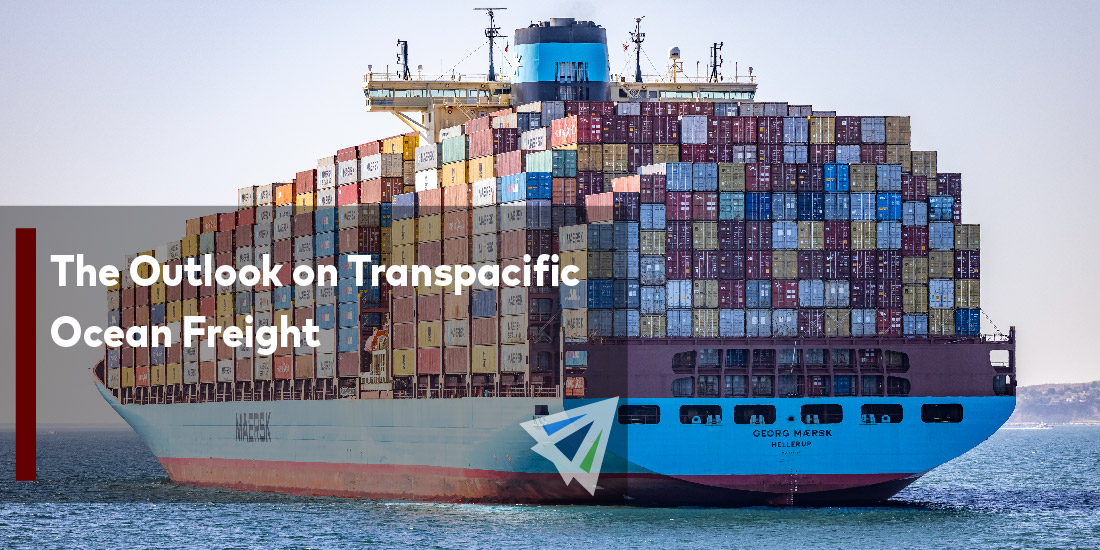As peak shipping season draws near, the transpacific ocean freight business is ready for a turbulent time marked by elevated pricing and protracted delays. Shippers may face difficulties if the present patterns of strong demand and constrained capacity continue, as indicated by freightos. According to recent reports, transportation costs from China to the West Coast of the United States have increased dramatically. The increased trend in pricing is a glaring sign of the challenging logistics environment that shippers face.
Rerouting Due to Disruptions
Some shippers are rerouting goods to the West Coast due to continuing labor disputes at ports along the U.S. East and Gulf Coasts. Although this tactical change is meant to anticipate any disturbances, it also adds to the backlog in ports around the West Coast. The Red Sea’s ongoing dangers make these logistical difficulties much more difficult to manage. Some ships are forced to reroute around the Cape of Good Hope, which significantly lengthens their passage time.
One more important reason driving up shipping rates in Asia is port congestion. Significant container ship backlogs are plaguing major Chinese ports like Shanghai and Qingdao, while Southeast Asian ports are seeing berthing delays of up to a week. These constraints show how brittle the global supply chain is and how regional disruptions have a domino impact on international trade.
China’s imports increased over the first half of the year, supporting business at important U.S. ports including Long Beach and Los Angeles. Strong consumer spending is anticipated to fuel the continuation of this trend. According to projections, until October 2024, the top 12 ports in the United States will handle more than 2 million TEUs of cargo, indicating a persistent demand.
The CEO of Vespucci Maritime, Lars Jensen, draws comparisons between the current interruptions and those observed during the 2020 pandemic, pointing out that the sharp jumps in rates over a three-week period are similar to the spikes observed during the pandemic. During that period, there were unparalleled rate spikes from China and East Asia to both U.S. coastlines due to port congestion and equipment shortages in Asia. Even while the circumstances of today are not the same, they still present comparable difficulties, but with slightly different scope and effects.
Forecasting the Market
Freightos believes that despite the current disruptions, the difficulties we face today may not be as severe as those that existed during the pandemic. This is partially due to the gradual volume increases as opposed to the abrupt spike. Furthermore, in an effort to relieve some of the strain, ports have created off-port container yards as one of their innovative congestion management initiatives.
What was once thought to be an acceptable level of unpredictability this year has turned into a turbulent and uncertain environment. This change is highlighted by Stephanie Loomis, head of ocean freight for Rhenus Logistics in the Americas, who also emphasizes the freight market’s volatility. The hope for a steady year has given way to the necessity of flexibility and adjustment to deal with the prevailing difficulties.
Bonus: What is Interlog Seeing?
Our pricing and operations departments shared this information with us, regarding the outlook of the Transpacific lane:
Key things
- Rates are increasing; we expect a GRI on June 15th and possibly July 1st as well.
- Capacity is tight due to demand.
- Carriers have issued blank sailings to keep demand and space high.
Need alternative options for your shipments?
In Conclusion
In summary, the transpacific ocean freight industry is negotiating a challenging and changing environment. As shippers get ready for the busiest time of year, they have to contend with higher rates as well as possible delays. Even if the present disruptions are reminiscent of the chaos during the pandemic, the industry is using new tactics and a more gradual increase in volumes to lessen some of the effects. However, there is still a lot of uncertainty ahead, so everyone involved in the global supply chain will need to be adaptable and resilient.
